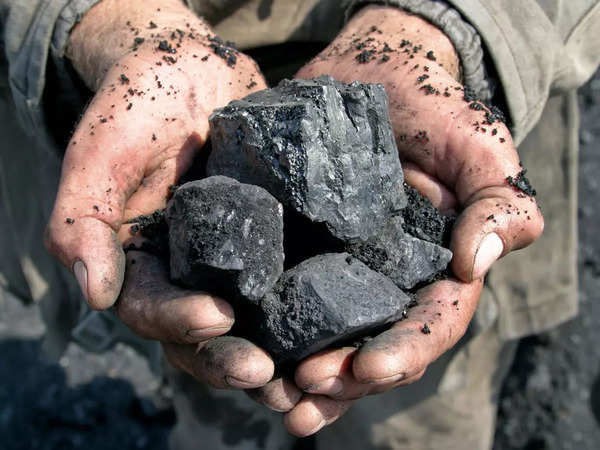Free Courses Sale ends Soon, Get It Now


Free Courses Sale ends Soon, Get It Now



Copyright infringement is not intended
Context: On the final day of the UN Climate Change Conference, India’s promised to “phase down” rather than “phase out” the use of coal.
Why must dependence on coal be reduced?
Why is it difficult?
Is it fair to ask India to phase out coal?
What lies ahead?
https://www.thehindu.com/sci-tech/energy-and-environment/explained-why-is-indias-coal-usage-under-scrutiny/article37604012.ece
© 2024 iasgyan. All right reserved